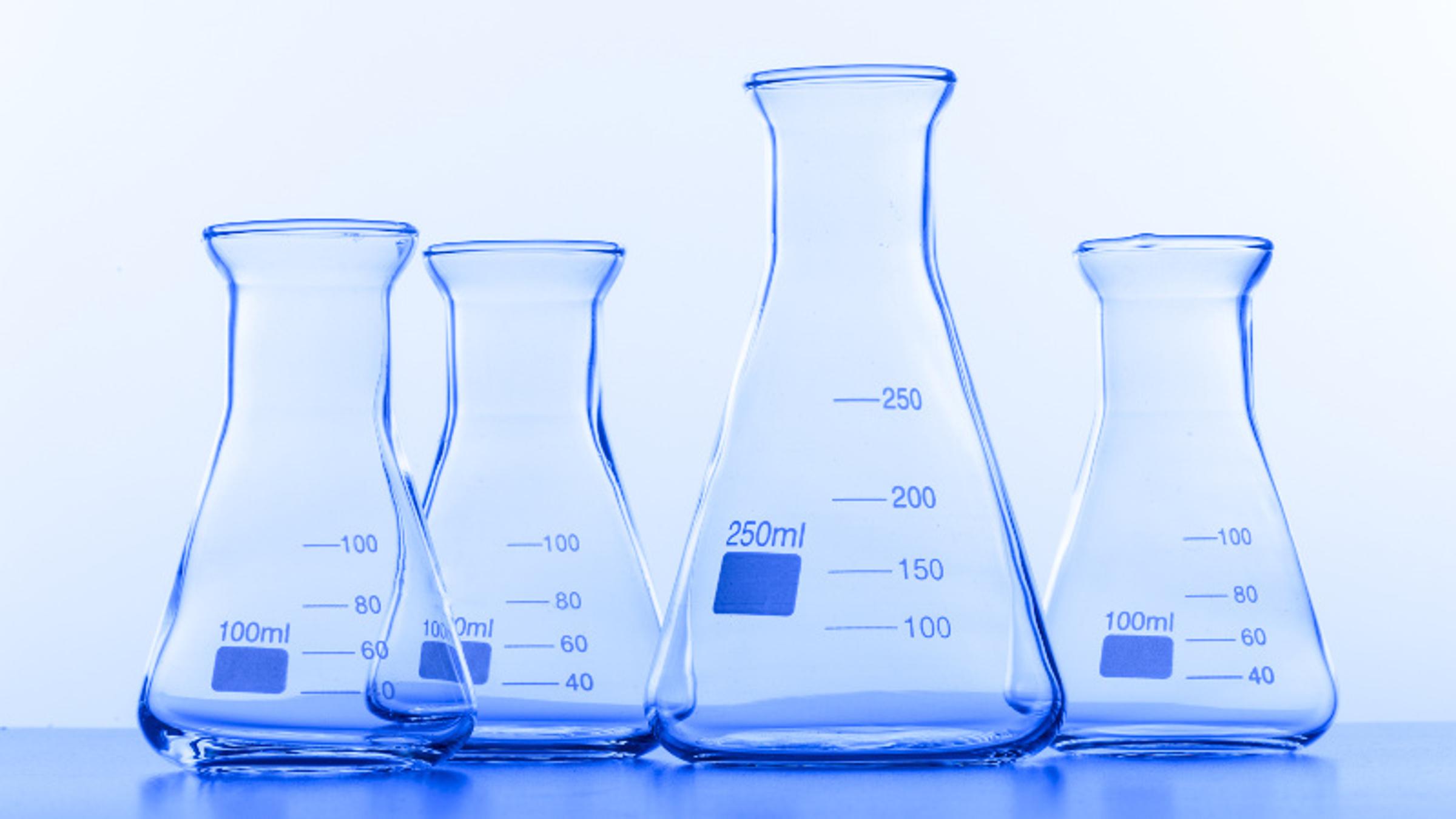Chemistry

Unit 1: How can the diversity of materials be explained?
How do the chemical structures of materials explain their properties and reactions?
In this area of study students focus on elements as the building blocks of useful materials. They investigate the structures, properties and reactions of carbon compounds, metals and ionic compounds, and use chromatography to separate the components of mixtures. They use metal recycling as a context to explore the transition in manufacturing processes from a linear economy to a circular economy.
How are materials quantified and classified?
In this area of study students focus on the measurement of quantities in chemistry and the structures and properties of organic compounds, including polymers.
How can chemical principles be applied to create a more sustainable future?
In this area of study students undertake an investigation involving the selection and evaluation of a recent discovery, innovation, advance, case study, issue or challenge linked to the knowledge and skills developed in Unit 1 Area of Study 1 and/or Area of Study 2, including consideration of sustainability concepts (green chemistry principles, sustainable development and the transition towards a circular economy).
Unit 2: What makes water such a unique chemical?
How do chemicals interact with water?
In this area of study students focus on understanding the properties of water and investigating acid-base and redox reactions. They explore water’s properties, including its density, specific heat capacity and latent heat of vaporisation. They write equations for acid-base and redox reactions, and apply concepts including pH as a measure of acidity. They explore applications of acid-base reactions and redox reactions in society.
How are chemicals measured and analysed?
In this area of study students focus on the analysis and quantification of chemical reactions involving acids, bases, salts and gases. They measure the solubility of substances in water, explore the relationship between solubility and temperature using solubility curves, and learn to predict when a solute will dissolve or crystallise out of solution. They quantify amounts in chemistry using volumetric analysis, application of the ideal gas equation, stoichiometry and calibration curves.
How do quantitative scientific investigations develop our understanding of chemical reactions?
In this area of study students adapt or design and then conduct a scientific investigation related to chemical equations and/or analysis, which must include the generation of primary data. They develop a research question related to the production of gases, acid-base or redox reactions or the analysis of substances in water, and adapt or design and then conduct a scientific investigation to generate appropriate quantitative data. Students organise and interpret the data and reach a conclusion in response to their research question.
Unit 3: How can chemical processes be designed to optimise efficiency?
What are the options for energy production?
Students focus on analysing and comparing a range of energy resources and technologies, including fossil fuels, biofuels, galvanic cells and fuel cells. Each area is studied with reference to the energy transformations and chemical reactions involved, energy efficiencies, environmental impacts and potential applications.
How can the yield of a chemical product be optimised?
Students explore the factors that increase the efficiency and percentage yield of a chemical manufacturing process while reducing the energy demand and associated costs. This area of study allows students to apply rate and equilibrium principles to predict how the rate and extent of reactions can be optimised. Further investigations of how electrolysis is involved in the production of chemicals and in the recharging of batteries is explored.
On completion of this unit, students should be able to:
- Compare fuels quantitatively, apply knowledge of the electrochemical series to the design and construction of galvanic cells and evaluate energy resources. These will be assessed by a variety of tasks which include analysis and evaluation of stimulus material, a comparison of two electricity- generating cells or a reflective journal/blog related to an issue covered in Area of Study.
- Apply rate and equilibrium principles to reactions and explain the production of chemicals and recharging of batteries by electrolysis. A task from several options is available for assessment e.g. a report on practical activities, evaluation of research, analysis of data activity or a response to a structured set of questions.
Unit 4: How are organic compounds categorised, analysed and used?
How can the diversity of carbon compounds be explained and categorised?
Students explore the vast range of carbon compounds and the structural features of different homologous series. The typical reactions of organic families and some of their reaction pathways are investigated. Data from IR and proton and carbon -13 NMR spectroscopy is used to confirm the structure of organic structures.
What is the chemistry of food?
Students explore the importance of food from a chemical perspective. The major components of food are investigated with reference to their structures, properties and functions. A study of biomolecules and their role in life processes is investigated.
On completion of this Unit, students should be able to:
- Complete a task from Area of Study 1 - possible assessments include – annotations of a least two practical activities, a response to a set of structured questions or analysis of data.
- Complete a task from Area of Study 2 - possible assessments include – a response to stimulus material, a report of a laboratory investigation or a comparison of food molecules.
- Practical Investigation – A student designed or adapted practical investigation related to energy and/or food is undertaken in either Unit 3 or 4 – a structured scientific poster (according to the VCAA structured template) is the assessment of this task.
